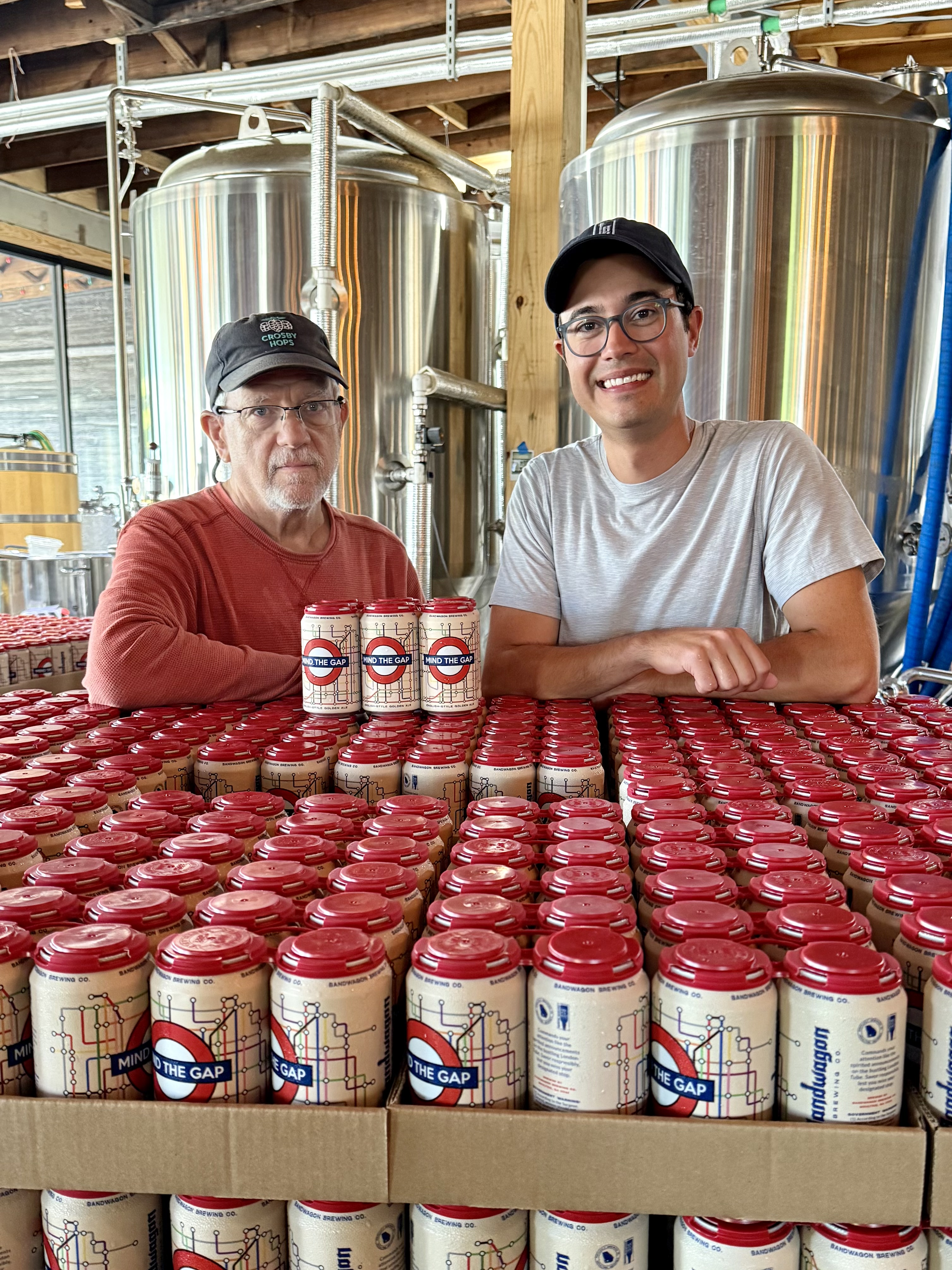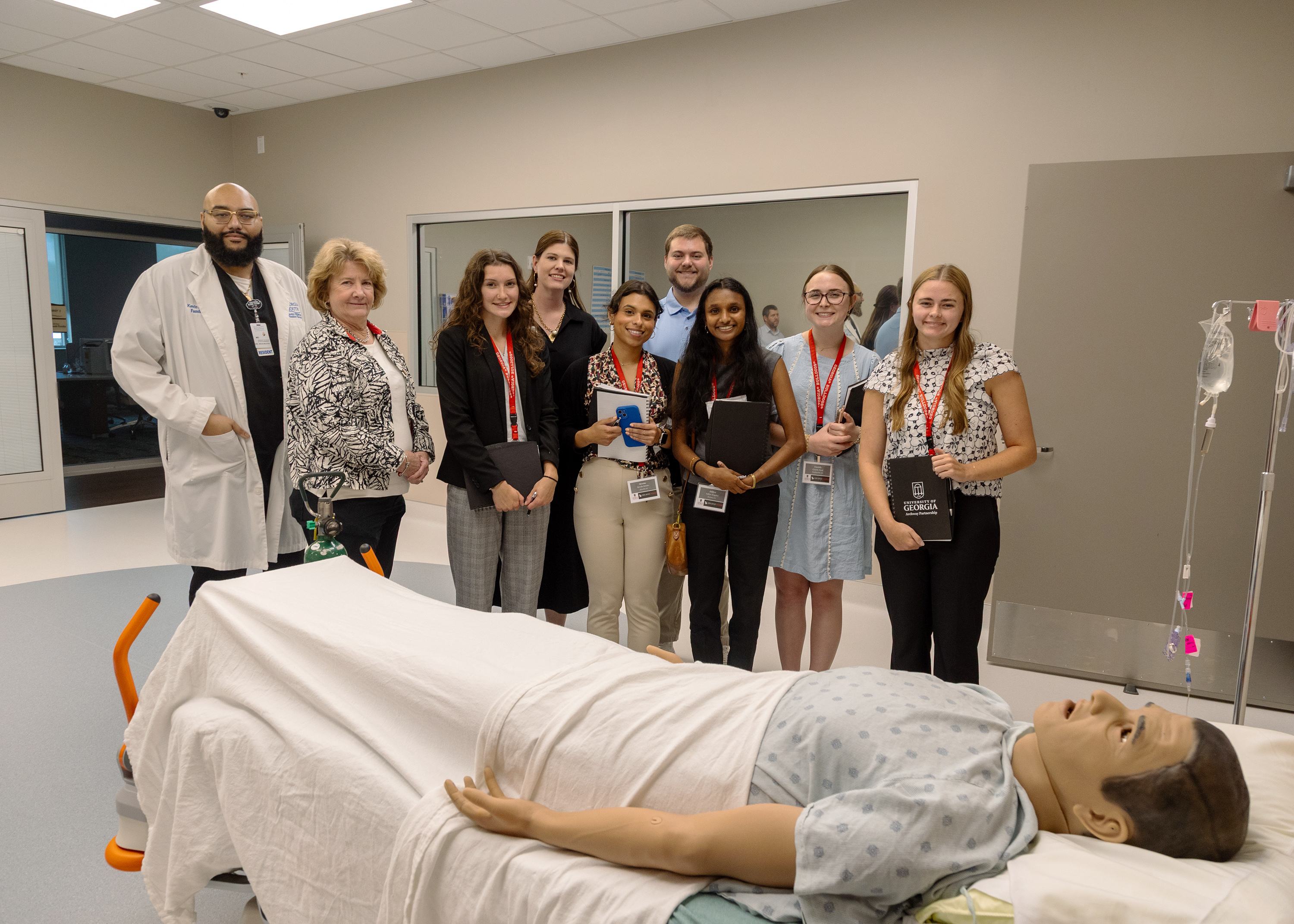Jurors view grisly crime scene photos during Delphi murder testimony
Published 9:15 pm Monday, October 21, 2024

- Delphi murder suspect Richard Allen is shown in this artist sketch Friday with his defense team during opening statements of his trial.
DELPHI — Jurors on Monday saw graphic photos of the bodies of 14-year-old Libby German and 13-year-old Abby Williams, some depicting the large lacerations where investigators say their throats had been cut with knives.
The images were part of about 150 photos of the crime scene submitted as evidence during the third day of testimony in the trial of Richard Allen, the Delphi man accused of following and then killing the girls Feb. 13, 2017, near the Monon High Bridge Trail.
The photos were all taken by the three Indiana State Police crime-scene investigators in charge of documenting and collecting the evidence. Jason Page, Duane Datzman and Brian Olehy, in total, spent about eight hours testifying Monday about that evidence and the investigation at the scene.
Many of the photos came from what the agents dubbed “Ground Zero” — a roughly 30-feet area around where the girls’ bodies were found.
The images showed Libby, 14, lying unclothed and covered in areas with blood. She lay by a large tree trunk, right arm by her side and left arm above her head. A large branch lay across her body, along with other sticks that investigators testified had been placed there.
Abby lay several feet away wearing a hoodie sweatshirt emblazoned with “Delphi Swimming” on the front and the name “German” on the back. Sticks and branches also lay on her body.
She wore jeans and Converse shoes, but evidence showed her feet had been bare and were covered in silt and mud likely from the bank of Deer Creek.
No blood was located on the body, except in the area of the knife wound. Investigators located a shoe and a cell phone with a Harry-Potter-themed case underneath Abby’s back.
Some jurors appeared emotional witnessing the gruesome photos of the girls. One male juror shook his head repeatedly at the sight. Allen also intently observed the images, writing notes on a legal pad on the table in front of him.
Datzman, who retired as an ISP investigator in 2021, testified that the most blood at the scene wasn’t on or around the bodies, but located just below the girls’ feet. The ground there was “saturated” by a pool of blood, he said.
A smaller tree near the bodies also had two blood stains, one higher and one lower on the trunk.
Olehy, who led the team of three investigators and now works as an agent for the Indiana Gaming Commission, also described clothing recovered from Deer Creek, just south of where the bodies were found.
Items included a pair of jeans, a tie-dye shirt, a pink sock, a Nike shoe, a bandana, a Faded Glory spaghetti strap shirt, women’s underwear and a zip-up hoodie discovered submerged in the river.
After prosecutor James Luttrull questioned Datzman and Page, a current ISP investigator, Allen’s defense team spent time attempting to poke holes in how they handled and documented the crime-scene evidence.
Defense attorney Brad Rozzi aimed many of his questions at the single .40-caliber unspent cartridge discovered near Libby’s body.
Rozzi repeatedly pushed Page, sometimes aggressively, about why the only photos of the bullet came from its location on the ground. Why had Page not taken photos while the cartridge was being removed to document any markings or unique features it might have?
“We don’t know what’s significant or insignificant evidence” when it’s being documented, Page replied.
Defense attorney Adrew Baldwin cross examined Datzman, who admitted if he did the investigation again, he would have photographed the unspent bullet as it was being removed.
However, Oley testified he collected the bullet, properly stored it and personally transported it, along with other evidence, to the ISP lab in Lafayette, where it awaited inspection by a firearm-forensics specialist.
Datzman also testified that the sticks and branches located on the girls’ bodies, some of which had blood on them, were not collected from the scene until weeks after the initial investigation. Instead, they were stacked together and left at the crime scene.
Datzman noted they often don’t collect every scrap of material from a crime scene that may have blood on it, and another investigator may have taken a swab from the sticks to test it. However, agents did decide later that the sticks should be saved as evidence.
Baldwin further pushed Datzman about the blood stains on the tree, asking why investigators didn’t call in a blood-splatter expert to examine them for any notable evidence. An expert examined the stains earlier this year based on photographs after Allen’s defense team raised questions about them.
“Do you think waiting seven years for a blood-splatter expert is an appropriate amount of time?” Baldwin asked.
“I have no idea,” Datzman responded.
Special Judge Fran Gull adjourned for the day while the state examined Olehy. The trial resumes at 9 a.m. Tuesday, when prosecutors will finish their questioning, followed by a cross examination from the defense.





